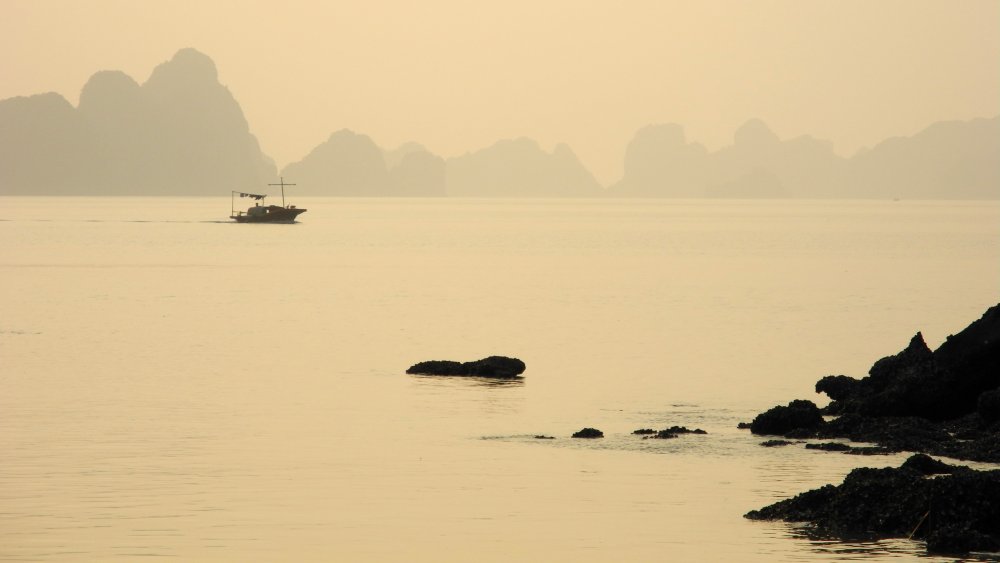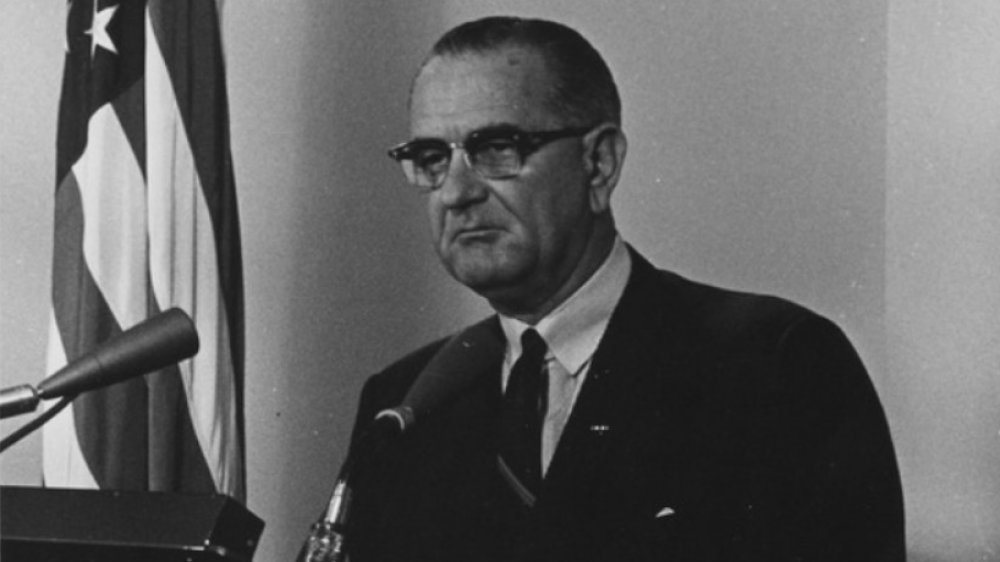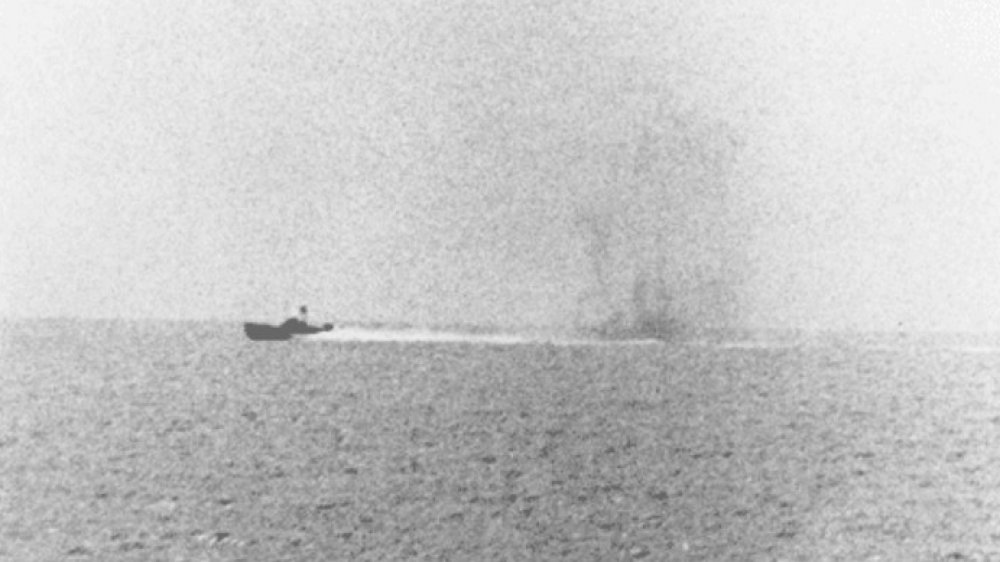Why The Gulf Of Tonkin Incident Didn't Happen
Over the course of less than one week in August of 1964, two reported naval confrontations between North Vietnamese and American ships in the Gulf of Tonkin shifted the entire trajectory of the Vietnam War. The first incident was reported on August 2, 1964. According to History, North Vietnamese torpedo boats attacked an American destroyer, the USS Maddox, while it was patrolling the Gulf of Tonkin, in the international waters between Vietnam and the island of Hainan.
Although this news was met with extreme trepidation, little material damage had been done and there were no American casualties. The second Gulf of Tonkin incident, however, which occurred just two days later, caused an international stir.
United States President Lyndon Johnson received news on August 4 that two American destroyers, Maddox and the USS Turner Joy, had received radar, sonar, and radio signals while patrolling the Gulf, indicating a second attack by North Vietnamese boats. The American ships requested air support, and began shooting at the radar targets, firing off hundreds of shells and four or five depth charges over the next three hours, per the U.S. Naval Institute.
'Take all necessary measures to repel any armed attack'
Doubt surrounding the details of this attack began to swirl soon after the first cable had been sent. According to Britannica, just hours after the attacks, John Herrick, the captain of the Maddox, sent a message stating: "review of action makes many reported contacts and torpedoes fired appear doubtful. Freak weather effects on radar and overeager sonar men may have accounted for many reports ... Suggest complete evaluation before any further action taken." But a further evaluation was never conducted. Despite having received no clarifying information regarding the second attack, Johnson had already decided that he would take firm action against the North Vietnamese.
That evening, he announced to the American people: "Renewed hostile actions against United States ships on the high seas in the Gulf of Tonkin have today required me to take action and reply. Our response, for the present, will be limited and fitting. We still seek no wider war," via The World.
Just three days later, on August 7, Congress passed the Gulf on Tonkin resolution, which permitted the U.S. to "take all necessary measures to repel any armed attack against the forces of the United States and to prevent further aggression" from North Vietnam, according to History.
The August 4 incident never took place
In large part due to the passage of this resolution, American forces became even more deeply mired in the Vietnam War. The Gulf of Tonkin incident irreversibly changed the outcome of the war, which is especially tragic considering one major fact: the incident was a hoax. While the first attack on USS Maddox has not been disputed, the American narrative conveniently left out the fact that the initial North Vietnamese attacks were provoked. According to the U.S. Naval Institute, declassified documents have since revealed that the Americans shot first, firing warning shots that prompted the North Vietnamese to retaliate.
The second Gulf of Tonkin incident was a complete fabrication. The radar signals the U.S. ships received were actually false radar images, or phantoms, caused by thunderstorms and inclement weather, which reduced visibility and created uncommonly tall waves. The USS Maddox and USS Turner Joy had not been in any danger, and no torpedo boats had been fired upon. No attack by the North Vietnamese Navy had actually taken place on August 4.
Although higher-ups quickly realized their mistake, the event was still used politically to help justify further involvement in Vietnam. The Gulf of Tonkin incident may have never actually happened, but it still changed the course of American history forever.


